James McArdle has contributed the following item on the new Wikipedia article on Doug.
A large number of Doug Ralph’s friends gathered to remember him on 7 March at the Botanical Gardens, Castlemaine, and their diversity was a remarkable tribute the energy that radiated from this gentle man.
Many of us felt that some lasting memorial to his passion for the bush, and the way that he inspired it in others, should be constructed. Doug liked to communicate in person, and though he left a little of his intimate knowledge of the Box-Ironbark forests and local history in his own writings, some, especially his emails, may not last. However he generously shared a lifetime of experience and understanding with others, who in turn used his insights in their papers, books, submissions and pamphlets.
To preserve all of this, there is now an article on Wikipedia devoted to Doug’s legacy at https://en.wikipedia.org/wiki/Doug_Ralph
The Wikipedia article is a live document, visible worldwide, and awaits any improvements you may have with extra information on Doug, and in particular verifiable references to instances where his research contributions have been recorded.
Anyone may easily contribute to Wikipedia articles, even anonymously, without registering; you need only follow the format and conventions of an encyclopaedia. Please help.
While you are there, you might also look to see if articles on the Box-Ironbark Forest and more particularly the Bendigo Box-Ironbark Region, as well as the many entries on individual species found there, can be helpfully expanded.
Contact details for James are included here for anyone who has information on Doug who would prefer someone else entered it on Wikipedia. James is also interested in suggestions of existing articles on Wikipedia which might appropriately link to Doug’s entry.
James McArdle jmcardle@netcon.net.au 0459690707

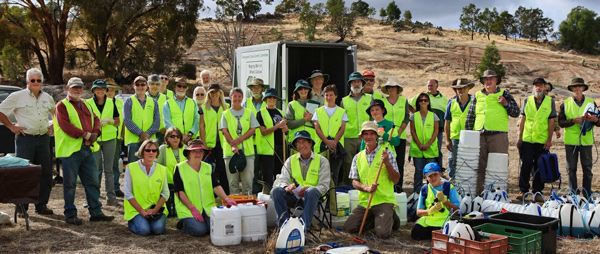
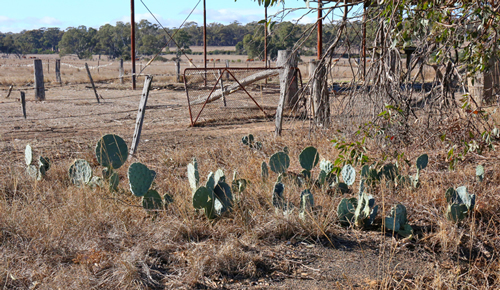
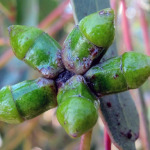
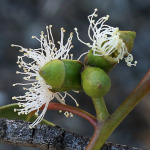
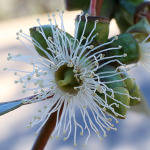
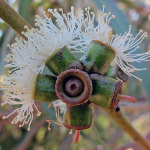
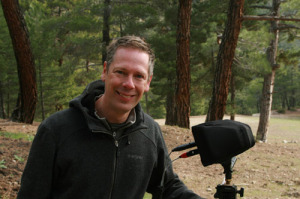
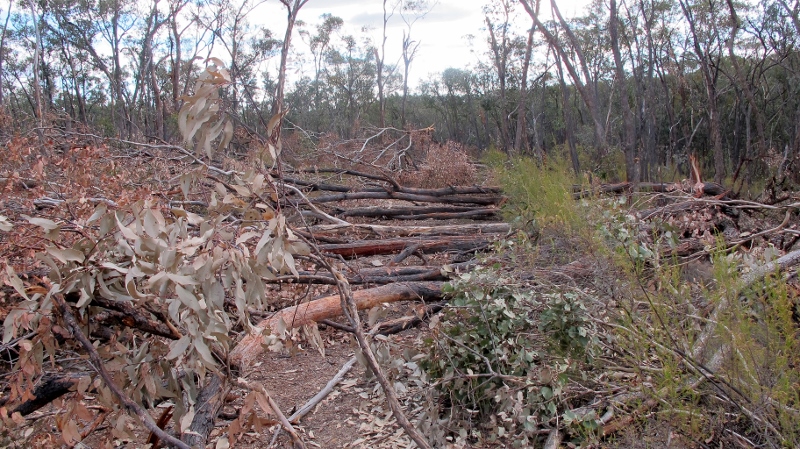

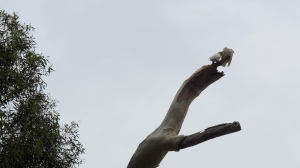



 Click on image for info/order page
Click on image for info/order page Click on image for info/order page
Click on image for info/order page Click on image for info/order page
Click on image for info/order page




















